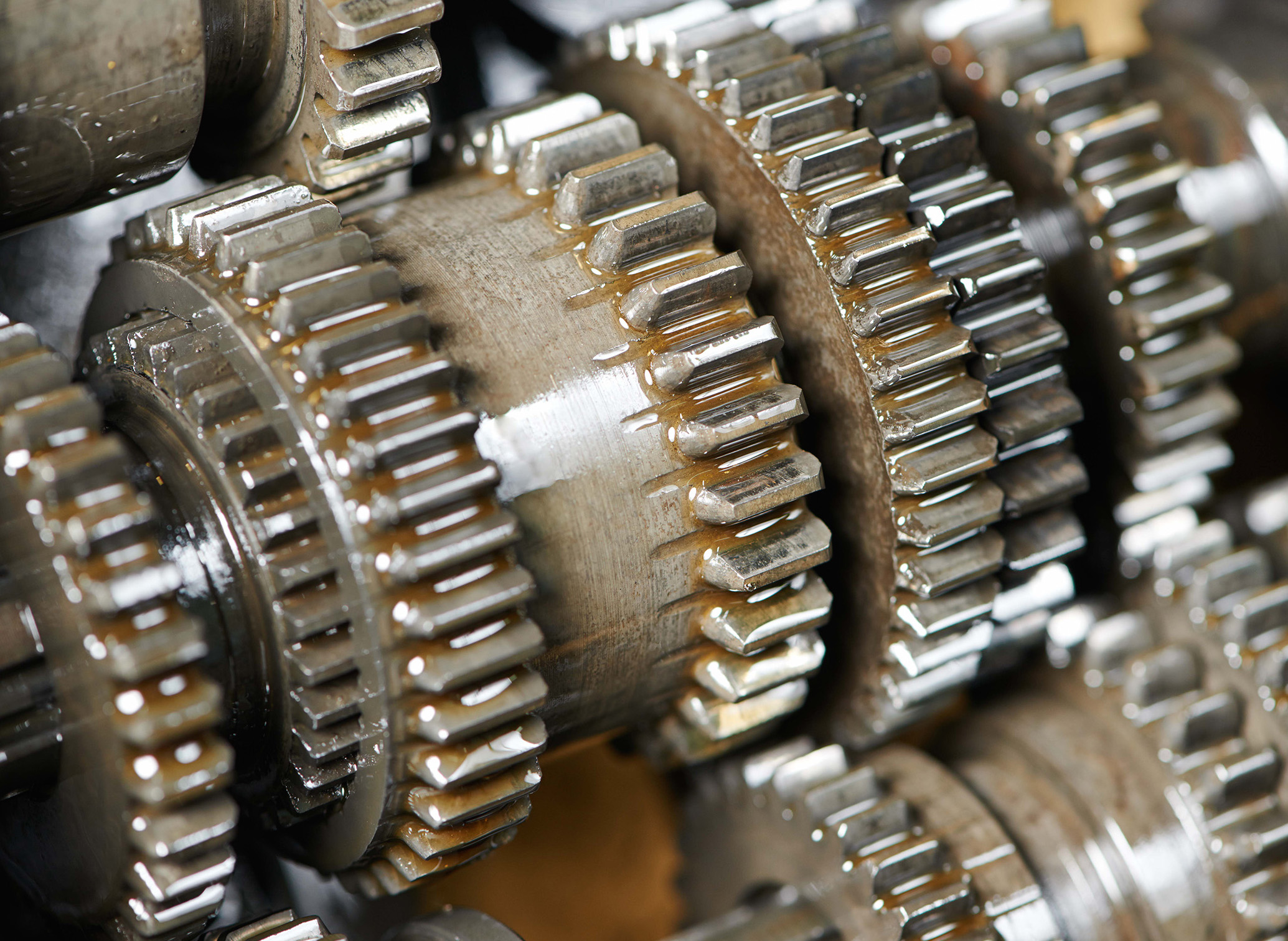Mark Burnett, explores how plant managers can ensure that machinery oil is changed at the right time. This includes looking at things such as the Total Acid Number of the oil, as well as identifying signs of problems like oxidation
Benjamin Franklin once said: “iIt is easier to prevent bad habits than to break them.” This rings true for the industrial sector, where it is easier to form a habit of good predictive maintenance than to recover from machinery breakage or downtime.
However, this is easier said than done. Predictive maintenance requires constant vigilance in order to be effective, ensuring that maintenance engineers know when it is the right time to lubricate bearings, apply a rust-preventative coating or treat their water supply. These tasks will vary in frequency, so there can be a steep learning curve to getting it right.
Unfortunately, we all know that problems do not wait until you're ready and, especially with gear oil changes, failure to get it right often leads to problems. Changing oil too soon, for example, leads to higher costs as more changes will be needed than necessary. Conversely, forgetting to change the oil at the right time increases the likelihood of machine damage and breakage, which itself leads to elevated operational costs.
Despite both extremes leading to increased business costs, only 20 per cent of oil changes happen at the right time. This is not surprising when considering the fact that many variables can determine how regularly oil needs changing. While many engineers may fill up a machine and expect it to require a change after a certain amount of time, it is actually the quality of the oil itself that must be measured.
This is understandably difficult without a comprehensive approach to industrial gear oil analysis. In order to reliably measure the quality of the oil and when a change is due, engineers must identify the quantities of external contamination and metal wear, as well as the general condition of the oil.
For example, oxidation is a naturally occurring process that affects oil over time. In the presence of oxygen, the oil begins to break down and this reduces the service life of the oil itself. In addition to this, it also produces sludge that makes equipment work harder and drives up operation costs.
If left long enough, the acidity of oxidised oil will steadily increase and result in corrosion and pitting. While this is problematic if left for extended periods of time, this acidity allows more accurate assessment of oil condition. By measuring increases in the system’s total acid number (TAN), maintenance engineers and plant managers can identify when the oil acidity is reaching the maximum acceptable level and act accordingly.
However, TAN only accounts for one part of overall gearbox system condition and there are many other considerations such as the operational health of the machinery itself. It is crucial that engineers consider all aspects to ensure optimum performance.
To this end, NCH Europe has developed the NCH Oil Service Program (NOSP) to help businesses keep their machinery in working order and their oil changes timely. Samples of gear oil are analysed and user-friendly reports are generated so that plant managers can see accurate results at a glance, giving a clear overview of equipment condition and the TAN of the oil.
Accurate analysis helps to prevent engineers falling into the bad habit of incorrect oil management. By combining this insight with an effective cleaning solution and a suitable gear oil, further bad oil-change habits and breakages can be kept at bay.
Mark Burnett, is VP of the Lubricants and Fuel Additives Innovation Platform, NCH Europe.




















